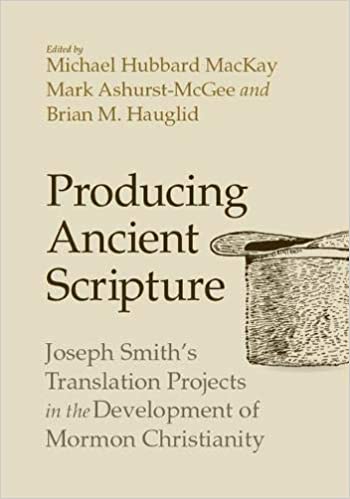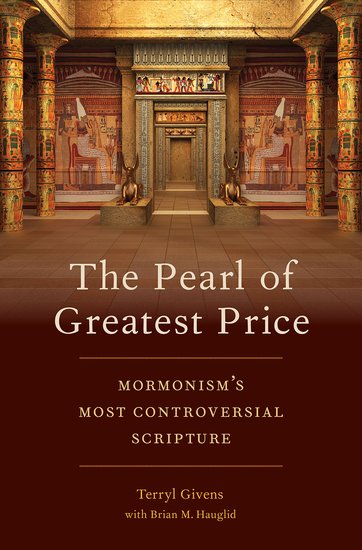Cross-posted from The Interpreter Foundation
See also: Raising the Abrahamic Discourse: An Essay on the Nature of Dialogues About the Book of Abraham
[Kerry Muhlestein also gave a presentation at the recent FairMormon Conference on “Egyptian Papers and the Translation of the Book of Abraham: What Careful Applications of the Evidence Can and Cannot Tell Us.”]
The Book of Abraham in the Pearl of Great Price continues to generate considerable interest (and controversy) among readers. Ever since George Reynolds published his series “The Book of Abraham—Its Genuineness Established” in the year 1879,[1] members of The Church of Jesus Christ of Latter-day Saints have sought to both make sense of this small yet profound book of scripture and provide evidence for its authenticity and inspiration. Those skeptical of Joseph Smith’s claims to have a divine gift of translation, on the other hand, have argued for the problematic or outright fraudulent nature of the text.[2] “Needless to say,” remarks one neutral observer, “neither side has been convinced by the other, and as a result, the controversy continues.”[3]
Those who wish to hear a representative opinion on the skeptical side of the debate need simply listen to a series of recent podcasts with Dr. Robert Ritner of the University of Chicago, who has vocalized his criticisms of the Book of Abraham and his low opinion of Latter-day Saint scholarship on this text.[4] To help them easily access the Latter-day Saint side of the argument, the following resources have been collected for readers’ convenience. To help orient readers with this material, this blog post will take a few moments to frame the interlocking issues of the historicity of the Book of Abraham, the facsimiles of the Book of Abraham, and the translation of the Book of Abraham and the respective scholarship that has gone into them. [Read more…] about Scholarly Support for the Book of Abraham



 Alicia Settle is a BYU graduate in Psychology. She plans on being a social worker and is passionate about helping people, particularly with respect to mental health.
Alicia Settle is a BYU graduate in Psychology. She plans on being a social worker and is passionate about helping people, particularly with respect to mental health. Matthew P. Roper (M.S. in Sociology, Brigham Young University) was a resident scholar and research assistant for the Institute for the Study and Preservation of Ancient Religious Studies at Brigham Young University. He is now a Research Associate at Book of Mormon Central.
Matthew P. Roper (M.S. in Sociology, Brigham Young University) was a resident scholar and research assistant for the Institute for the Study and Preservation of Ancient Religious Studies at Brigham Young University. He is now a Research Associate at Book of Mormon Central.

 Ben Spackman did ten years of undergraduate (BYU) and graduate work in ancient Near Eastern studies and Semitics (University of Chicago) before moving on to general science (City College of New York). Currently a PhD student in History of Christianity at Claremont Graduate University, Ben’s focus is the intertwined histories of religion, science, and scriptural interpretation; most specifically, he studies the intellectual history of fundamentalism, creationism, and religious opposition to evolution in connection with interpretations of Genesis.
Ben Spackman did ten years of undergraduate (BYU) and graduate work in ancient Near Eastern studies and Semitics (University of Chicago) before moving on to general science (City College of New York). Currently a PhD student in History of Christianity at Claremont Graduate University, Ben’s focus is the intertwined histories of religion, science, and scriptural interpretation; most specifically, he studies the intellectual history of fundamentalism, creationism, and religious opposition to evolution in connection with interpretations of Genesis.

